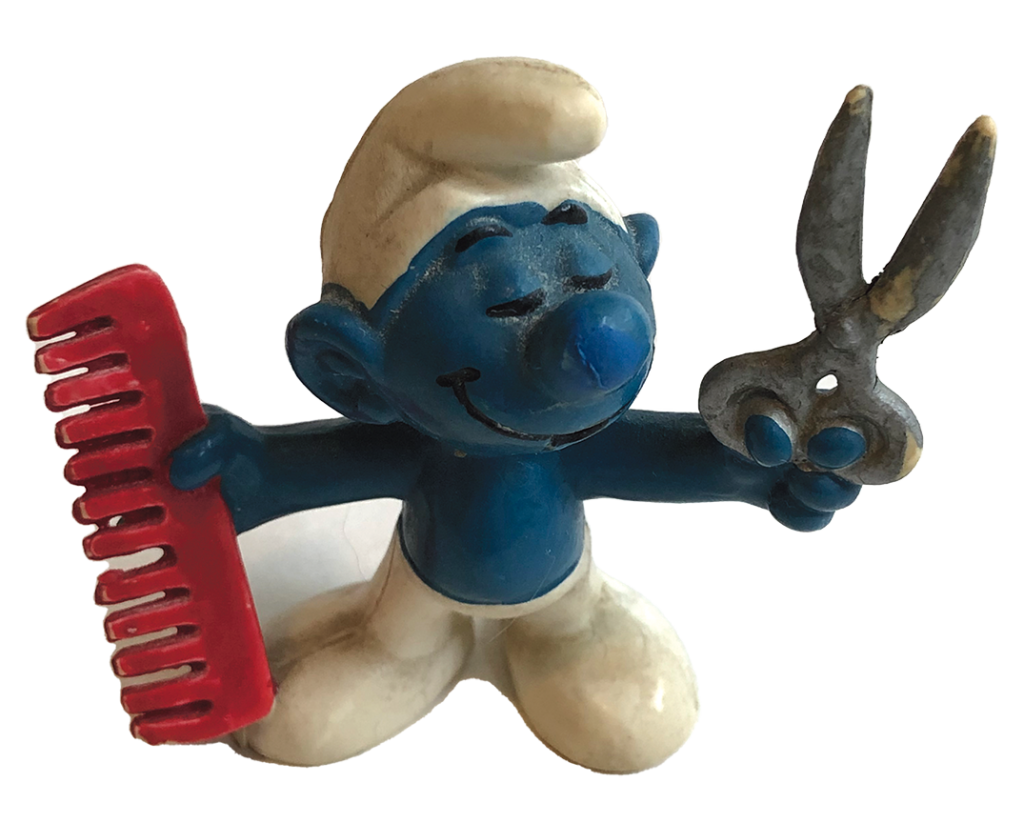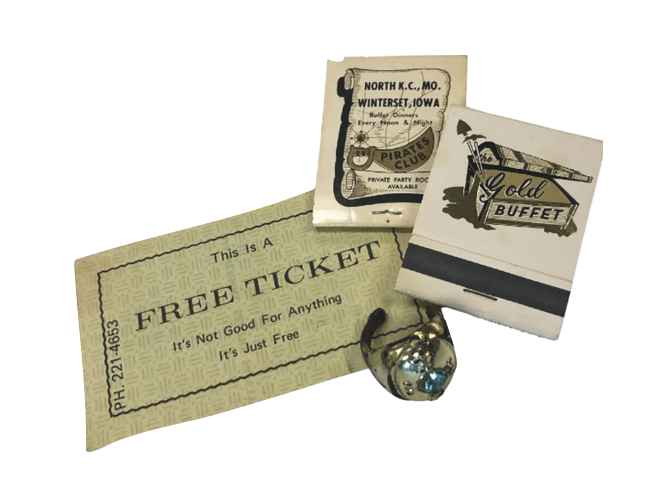
By Dorri Partain
Only “three apples high,” these little blue men have grown in popularity since their first appearance in a French cartoon magazine in 1958.
As drawn by Belgian cartoon artist Pierre (Peyo) Culliford (1928-1992) Les Schtroumpfs first appeared as minor characters in his comic strip Johan and Peewit, a regular feature in Spirou magazine.
Peyo coined the word “schtroumpf” during lunch with a friend when he temporarily forgot the name for salt, and then they kept repeating the name as a noun, verb, and adjective for fun. When he needed a name for a group of little blue men that live in mushroom-like houses, the name seemed to fit.
Les Schtroumpfs were introduced in a story titled “The Flute With Six Holes,” then became a regular feature in Spirou in 1959. The first two-inch tall figurines were molded from latex in 1959 as a promotional item for Dupuis Publications, publisher of Spirou.
When German toy company Schleich began making the figurines from PVC in 1965, they were marketed as Den Smurfen and depicted as occupational characters such as a carpenter, chef, barber, etc.
In 1978, Schleich began marketing “The Smurfs” figurines in America, appearing in novelty shops as collectibles, not toys. In an agreement with Hanna-Barbera Cartoons, Inc. The Smurfs, along with Smurfette, evil wizard Gargamel and his cat Azreal, and Papa Smurf were introduced to American children in a 30-minute Saturday morning cartoon program on the NBC network in 1981.
The cartoon inspired countless toys and Schleich couldn’t produce the figurines fast enough so the Wallace Berry and Applause toy companies began producing their own line of figurines licensed by Peyo.
The Smurfs was awarded Outstanding Children’s Entertainment Series for 1982-83 and new episodes were produced until 1989 when production was discontinued, while the show has continued to be offered in syndication ever since.
Schleich continues to produce a line of 21 Smurf figurines and a playset, while earlier versions are now highly collectable.


















